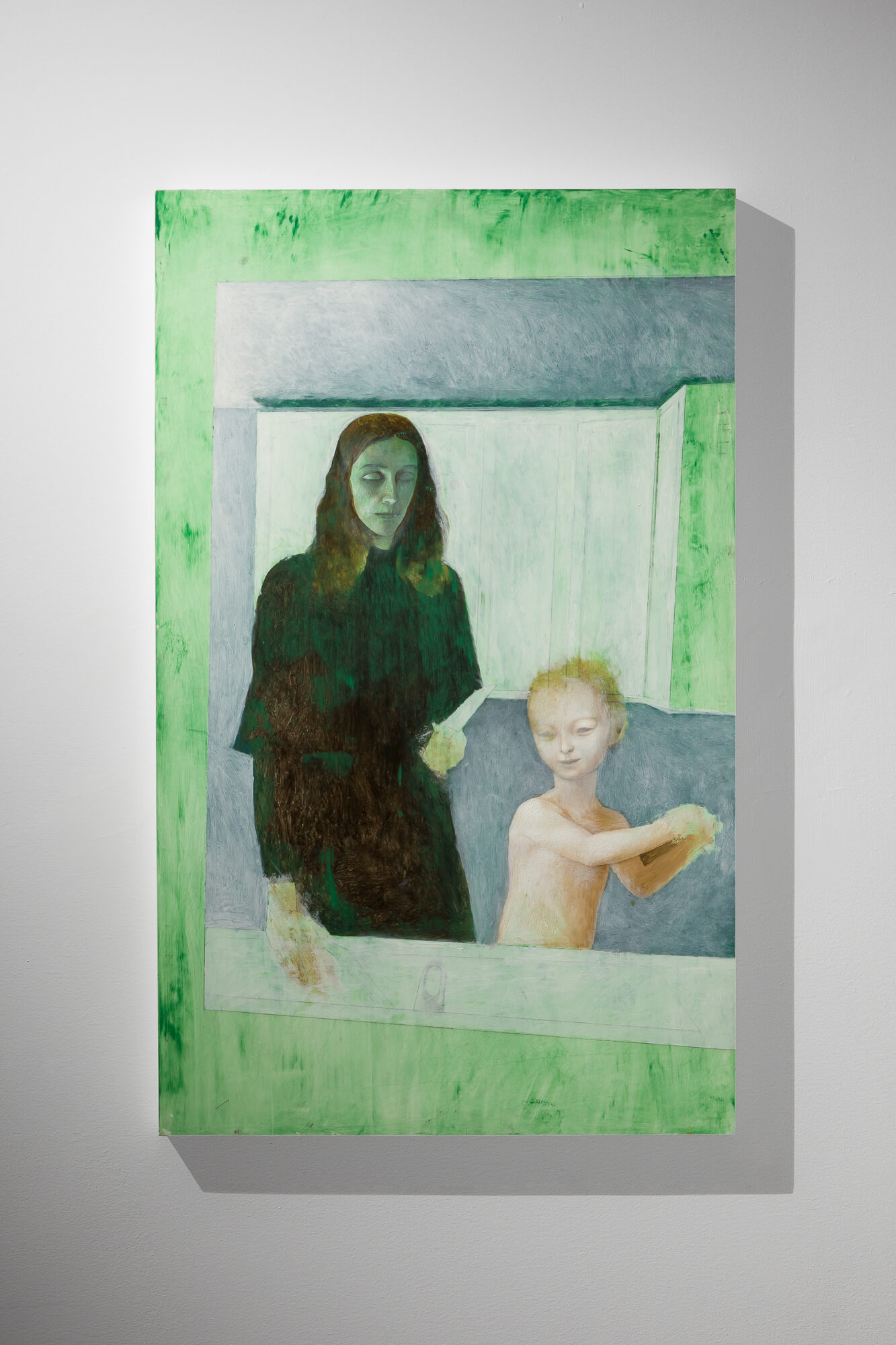FM Movies are perhaps the most prevalent vehicles we have for contemporary mythologies, but they also expose how secularized we’ve become—no universal stories, instead fractured sects and fan groups. Is there a freedom to be found in this?
JN I guess I would say to this that history is ultimately a universal story, despite its tragedy. This is something people are waking up to—for the better, ultimately, but with violent fits and starts. The past has been a tale of differing paths for differing peoples. This is no longer so, and will cease completely to be the case in the future very soon—unless of course the flow of information, goods, and people across the planet is no longer possible and we are back in a situation where different communities around the globe must struggle again in isolation—without either the possibilities or warnings that concurrent examples in other communities provide. Whatever the current political climate, we are now a global civilization, and it is imperative we come to understand the processes that got us here, and how we might use this knowledge to influence the society of the future.
This is not the “globalization” of which the plutocrats speak. That was a now-dead cover for the economic and political project of the postwar consensus, a tool of the now-dead West. I think Newton’s third law might very well ascribe to history: “for every action, there is an equal and opposite reaction.” While Europe divvied up the globe, and America tried to fool the globe into believing it was itself, subjecting the rest to its rule and outlook—it did not establish complete control over or exterminate the conquered. We survived, and those that survived, even in their trauma, were changed for both the better and for the worse. In this transformation lies a possible future. Not that the east and the south will rule—for they died under the old order—but that imperialism eventually collapses under its own weight, that it has eaten what it cannot fully digest, that it will be digested in turn from within and that new centers will emerge for which new compasses must be drawn. I am speaking here of the demographic changes and the movement of peoples that have the world both ablaze and sprouting at the same time.
FM Is democracy our last spiritual pursuit?
JN I don’t think so. Who or what exactly are “the People”? Can any of us say for sure? This is a crack in the foundation that leaves me skeptical.
FM I want to talk about the idea of fandom, which seems to be rich terrain for you. Digital sci-fi and fantasy illustration, as well as deviant art have been sources of inspiration for you, and you draw on some of their idioms, but you also harness fandom as a potent conceptual strategy—for instance one could say making ‘fanfic’ works of Christian narratives or Renaissance paintings. Can you tell me a bit about how ‘fandom’ in this sense works for you?
JN As far as I can tell, fan-fiction posits desire as a rogue hermeneutic of perception. This goes against the key operations of my practice for several reasons. First, there cannot be a “queer” reading of the Renaissance inasmuch as two of its central pillars were openly homosexual (Leonardo and Michelangelo). Raphael is the exception—and his incomplete legacy (dead at 39) looms large. Venice takes over and from Titian is born the Baroque. Long as he lived, I hope he is now long wandering in purgatory. It is my strong belief that from the 17thcentury onwards much of western art slowly transforms into (bad) apologetics for imperialism—but not before! It is from before where we might still learn, if we could only remember.
Secondly, my religious work should not be seen as fan-fiction; if I have made a painting of the Virgin Mary, it cannot be understood as anything but an image of the Holy Mother. There is, funnily enough, a fragment of Clement of Alexandria in which he references the secret Gospel of Mark, which putatively contains references to an initiation into the mysteries of the church involving acts of same-sex love.
Finally, when we are talking about fan-fiction are we talking about a narrative unconscious? Is this narrative unconscious repressed? Or is it rather that desire is a means of reading anything according to the one true logic of everything: power. Did excited adolescents de-sublimate the incestuous ur-text of Supernatural, or rather did desire make itself real, impinging on the writers themselves to feed the ravening drive for the mysterion of same-sex-brother-love until the love object was itself brought into the world? Are these mysteries carried out by night hidden in shame or simply in acknowledgement of the absolute truth that reality occurs only in the intimacy of understanding and being understood?
If anything, I would like my work to be a virus in the biological, not digital sense of the word. A (positive, hopefully) infection within my country and the larger society of which I am a part by the product of one of its bastards. And by bastard I mean the Republic of South Vietnam.

